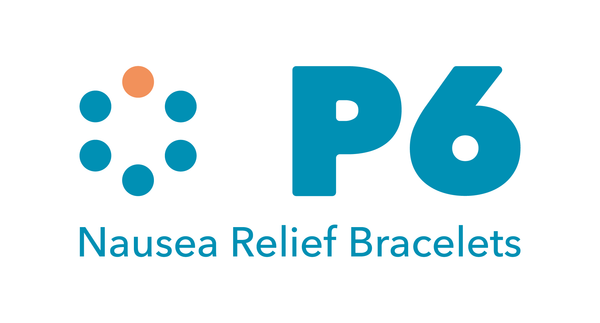About P6 acupressure
There are two main philosophies surrounding acupressure traditional Chinese and modern Western.
TRADITIONAL CHINESE MEDICINE
Developed over 4000 years, acupressure is one of several techniques used by Chinese medical practitioners who believe that illness results from an imbalance in the flow of life energy – or Chi (pronounced ‘chee’ and sometimes spelt ‘Qi’) – throughout the body.
THE FLOW OF CHI
Chi circulates through the body along a network of invisible channels beneath the skin called meridians. There are 12 basic meridians, paired on the right and left sides of the body and named after the internal organs to which they are attached.
Dotted along the meridians are 2000 or so known acupoints, where Chi enters and leaves the body. Stimulation of these points – whether by needles, heat, mild electrical currents or pressure – is said to free the flow of Chi, releasing blockages and restoring depletions, thus returning the body to harmony.
HOW THE CHINESE USE ACUPRESSURE
Known as Tuina in China, acupressure is the technique of applying pressure with the hands to the acupoints and meridians. Pericardium 6 (P6) is one of these points, governing the movement of energy in the chest, harmonisation of the digestion and stomach, the regulation of blood flow and the calming of the mind.
The Chinese use acupressure on P6 to treat chest pain, irregular and painful periods, pre-menstrual depression, insomnia and to relieve nausea and vomiting, acid regurgitation, hiccupping and belching.
WHAT WESTERN SCIENCE SAYS
When it comes to Chi and meridians, Western scientists seek more medically acceptable explanations for the phenomenon represented by acupressure.
Most likely, in their view, is the involvement of pain-relieving chemicals known as endorphins and the ‘gate control theory’ of pain relief.
Put simply, stimulating the skin activates large diameter “touch” fibres. The touch message travels faster to the brain than the competitive and smaller “pain” fibres. As the brain can only process so many messages at once, the ‘gate’ to the brain is closed during the touch stimulation and the amount of pain felt is inhibited.
PRESSURE INHIBITS PAIN
Pressure also appears to stimulate nerve fibres running up the spinal cord and ultimately results in production of endorphins, morphine-like compounds which influence the hormonal and immune systems and inhibit the brain’s perception of pain – especially when associated with anxiety and stress.
